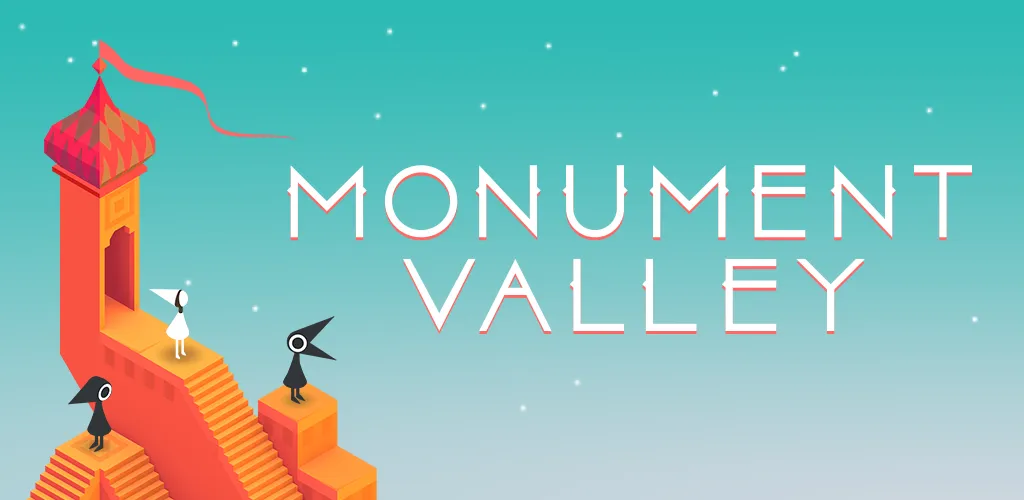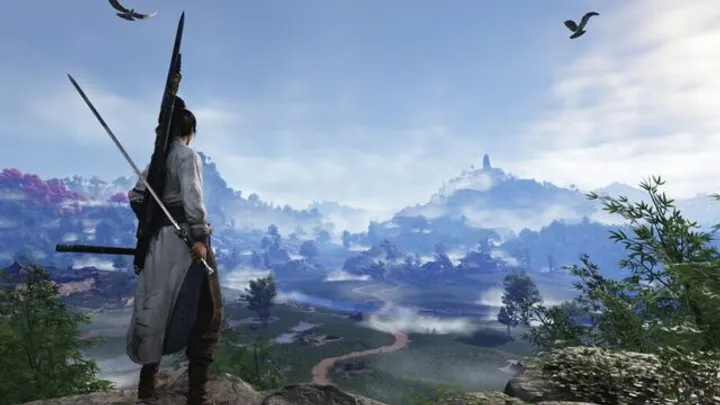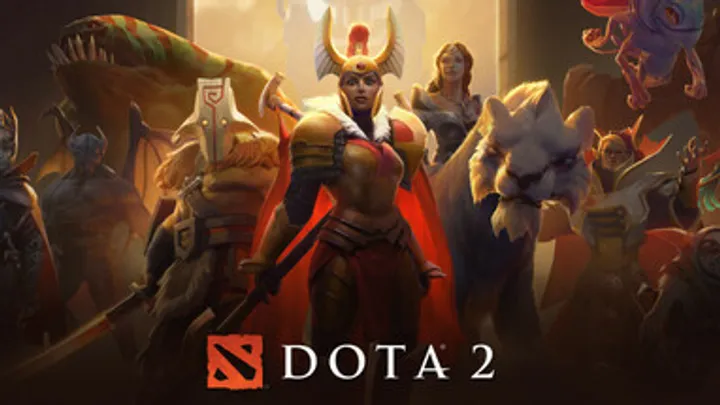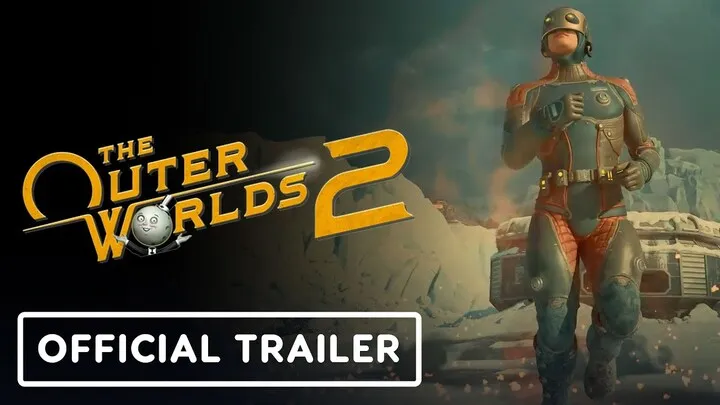Introduction
Monument Valley is a critically acclaimed puzzle game that combines stunning visual design, optical illusions, and mind-bending mechanics. Players guide Princess Ida through intricate architectural landscapes filled with impossible geometry, hidden pathways, and interactive structures. Although the game looks simple, progressing through the levels requires spatial reasoning, timing, and a deep understanding of the game’s unique mechanics.
This comprehensive guide breaks down Monument Valley gameplay into 10 structured sections. From mastering basic movements and rotation mechanics to solving complex puzzles, exploring hidden secrets, and optimizing completion strategies, these tips help both newcomers and experienced players fully enjoy the magical world of Monument Valley.
1. Understanding the Core Gameplay
The main objective in Monument Valley is to guide Princess Ida to the exit of each level by manipulating the environment. Players interact with platforms, levers, buttons, and rotating structures to create paths where none exist.
The game relies on optical illusions: pathways appear connected from one angle but vanish from another. Understanding perspective and geometry is critical. Observing the level from different angles before acting ensures fewer mistakes and faster progression.
Focus on experimenting with rotations and hidden pathways. Levels often have multiple layers that need to be manipulated in a precise sequence to create the correct path.
2. Basic Controls and Movements
Movement in Monument Valley is simple: swipe to move Ida across the environment and tap to interact with objects. However, timing and order are important. Swiping without planning can trap Ida or reset parts of the puzzle.
Use rotation mechanics carefully. Rotating a section often changes the position of other connected structures. Predict the effects before rotating, especially in levels where multiple bridges or towers are interconnected.
Learn the behavior of levers and buttons. Some are time-sensitive, reverting to their original positions after a few seconds. Practice patience and avoid rushing.

3. Solving Puzzles Efficiently
Efficiency comes from observing the environment and planning moves in advance. Rushing often results in repeated resets. Start by exploring all interactive elements in the level to understand possible movements and rotations.
Focus on key pivot points. Many puzzles rely on a single object to connect multiple paths. Identifying these central structures simplifies the level-solving process.
Keep track of multiple rotations. Some puzzles require performing actions in a specific sequence, so experiment with order but remain organized mentally to avoid unnecessary retries.
4. Mastering Rotating Platforms
Rotating platforms are central to Monument Valley’s gameplay. Understanding how rotation affects connected objects is crucial.
- Observe the pivot point of each platform.
- Rotate slowly and watch how pathways align.
- Combine rotations to create multi-level paths simultaneously.
Using rotations strategically can reveal hidden pathways that are invisible from certain angles. Planning multi-rotation moves in advance reduces trial-and-error attempts.
5. Lever and Button Mechanics
Many levels feature levers and buttons that control bridges, elevators, or rotating structures. These elements often function in pairs or chains.
- Identify all levers before interacting.
- Note which structures respond to each lever.
- Experiment with sequence combinations to unlock the path forward.
Timing is often critical. Some buttons revert structures quickly, so coordinate rotations and movements carefully.
6. Finding Hidden Secrets and Bonus Paths
Monument Valley contains hidden pathways and secret achievements that reward exploration. Look for subtle visual cues, such as slight shifts in geometry or unusual patterns.
- Check corners and off-path areas.
- Rotate sections to reveal hidden doors or platforms.
- Some hidden paths offer alternate routes that save time or unlock collectible symbols.
Exploring these secrets enriches the experience and often provides a satisfying sense of discovery.

7. Understanding Optical Illusions
The game’s unique design heavily relies on visual tricks. Pathways may appear continuous from one angle but disconnected from another.
- Use perspective to your advantage.
- Observe patterns and alignments before making moves.
- Learn to anticipate how rotating one piece affects other structures.
Mastering illusions improves puzzle-solving speed and reduces frustration. Each level’s challenge is designed to teach players new ways to interpret space.
8. Timing and Sequencing Tips
Many levels require precise timing. Some platforms or moving elements revert after a short period, making sequencing essential.
- Plan multiple moves ahead.
- Watch how levers, buttons, and platforms interact over time.
- Avoid rushing; timing mistakes often require restarting the level.
By synchronizing actions carefully, you can solve complex puzzles efficiently while maintaining immersion in the environment.
9. Using Perspective to Your Advantage
Perspective is a core mechanic in Monument Valley. Players must shift viewpoints to create accessible pathways.
- Explore different angles to see hidden connections.
- Rotate and move the camera gradually; subtle changes can reveal new options.
- Analyze how structures relate spatially before interacting.
Developing an intuitive understanding of perspective transforms difficult levels into solvable challenges and makes progression more enjoyable.

10. Endgame Tips and Achievements
The final levels of Monument Valley often combine multiple mechanics: rotations, levers, hidden paths, and timing puzzles.
- Review earlier strategies and combine knowledge from previous levels.
- Focus on patience and observation; brute-force attempts rarely succeed.
- Collect all hidden symbols and complete bonus objectives to unlock achievements and extend gameplay.
Maximizing the game’s content not only completes the story but also enhances appreciation for the art and design of each level.
Conclusion
Monument Valley is more than just a puzzle game—it’s a journey through impossible architecture and optical illusions. Success depends on observation, patience, and creative problem-solving. By mastering movement, rotation, lever mechanics, perspective, timing, and secret pathways, players can fully enjoy the magic and artistry of the game. Following these tips ensures efficient level progression, discovery of hidden content, and a satisfying completion experience for every player.

















